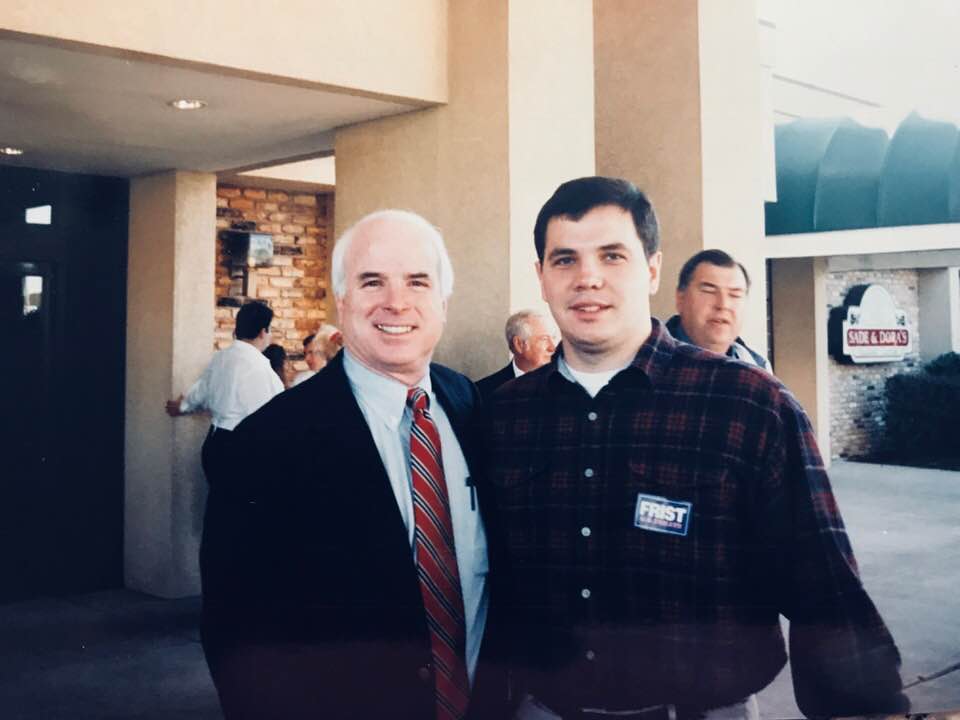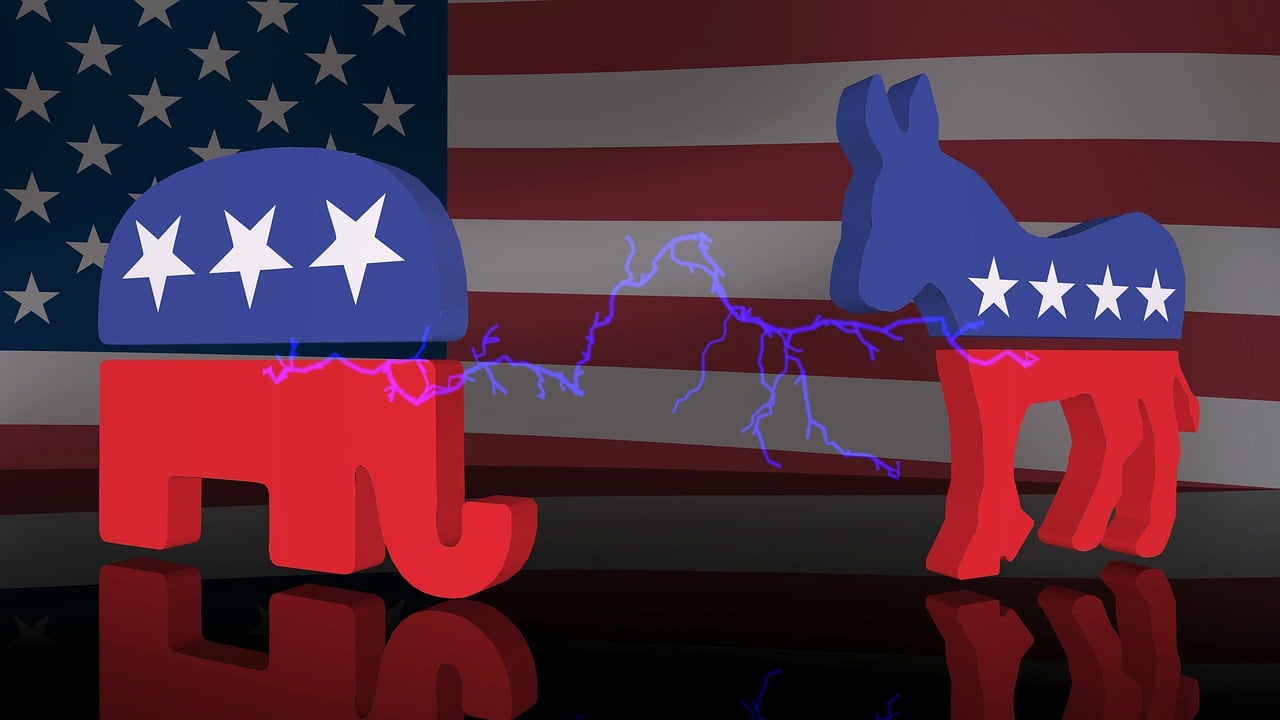I have grown up in politics. My uncle was elected as the County Executive of my home county in Tennessee. I helped him campaign as a young boy–to what extent a 10-year-old can.
Yet, I came of age in politics later during graduate school, specifically in the 1994 federal elections. I was working on my Master’s degree in engineering at Tennessee Tech University, and I became heavily involved in the US Senate campaigns.
In an unusual twist, Tennessee had two open Senate seats in 1994 with political newcomers Republican Bill Frist taking on incumbent Democratic Senator Jim Sasser, and Republican Fred Thompson vying for Al Gore’s vacated Senate seat against Democrat Jim Cooper. Recall Gore had been elected to Vice President in 1993.
I was heavily into what has become known as the Gingrich Revolution. In the years leading up to 1994, I had become addicted to watching C-SPAN, and through C-SPAN, I learned of Newt Gingrich.

WWB Too, CC BY 3.0 https://creativecommons.org/licenses/by/3.0, via Wikimedia Commons.
At Gingrich’s recommendation via a C-SPAN interview, I started reading Alvin Toffler’s writings, including the book Third Wave. I was hooked. When Gingrich announced the Contract with America, I was all in.
I worked hard in the small town of Cookeville where Tech resides to put up campaign signs and get the word out for Frist and Tompson. When either Frist or Thompson’s campaigns rolled into town, I was there. On one occasion, Senator John McCain spoke at a rally for Frist, and I had a chance to snag this moment.

An old photo from 1994 when I had a chance to meet and speak with Senator McCain.
Unfortunately, I now recognize that Gingrich’s 1994 successful revolution changed important rules in the way in which the House of Representatives operated. At the time, those changes appeared like good government, but they have unfortunately contributed to the polarization of Congress.
2. Congress Needs to Revitalize Its Rules To Promote Compromise
As author Lawrence Lessig notes in his book America, Compromised, Newt Gingrich and the Republicans that controlled the House in 1995 passed sweeping rules that govern the lower chamber of Congress. These rules at face value seemed like good government.
However, their effect was to shift the long-established governance of the House away from committees and sub-committees to party leadership. These rules are not legislation, but rather rules that dictate how the House operates: how bills move through committees to the floor for a vote and how committee chairs are selected.

Newt Gingrich. Image: Gage Skidmore, CC BY-SA 3.0 https://creativecommons.org/licenses/by-sa/3.0, via Wikimedia Commons.
The rules are the mundane operating procedures of the House. Few could have predicted the impact that would have on the future trajectory of the House.
In essence, the rule changes placed a stronger emphasis on party over committees. Committee chairs were once the dominant figures in the House, but under the 1995 rule changes, the leaders of the party in control of the House wielded more power.
The result?
Polarization.
The House has become an extremely polarized body. As I note in my book, this polarization of our representatives leaves little room for compromise. Compromise has become a four-letter word.
This polarization in Congress begets polarization in our citizenry. It’s a chicken and egg situation. A feedback loop that explodes and exacerbates polarization. Common ground, consensus, and agreement become bridges too far.
Again, the issues surrounding polarization are complex, and the rules change in the House are not THE one cause but are one cause. In the next blog post, I’ll turn our attention to another issue that has impacted polarization: social media and the breakdown of traditional media–that’s Part 3.
